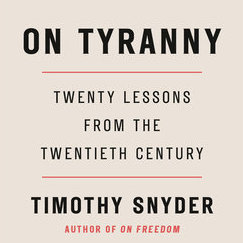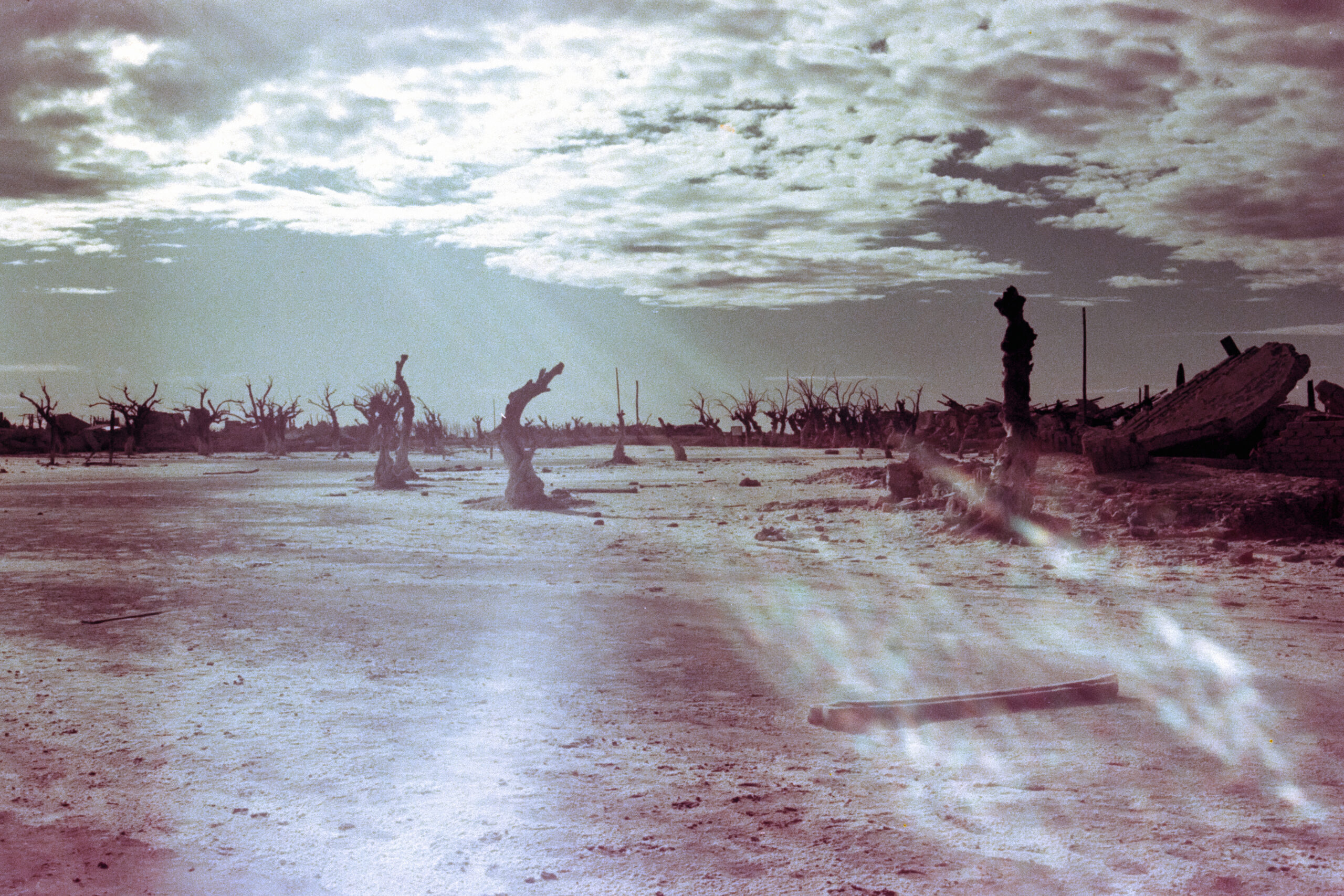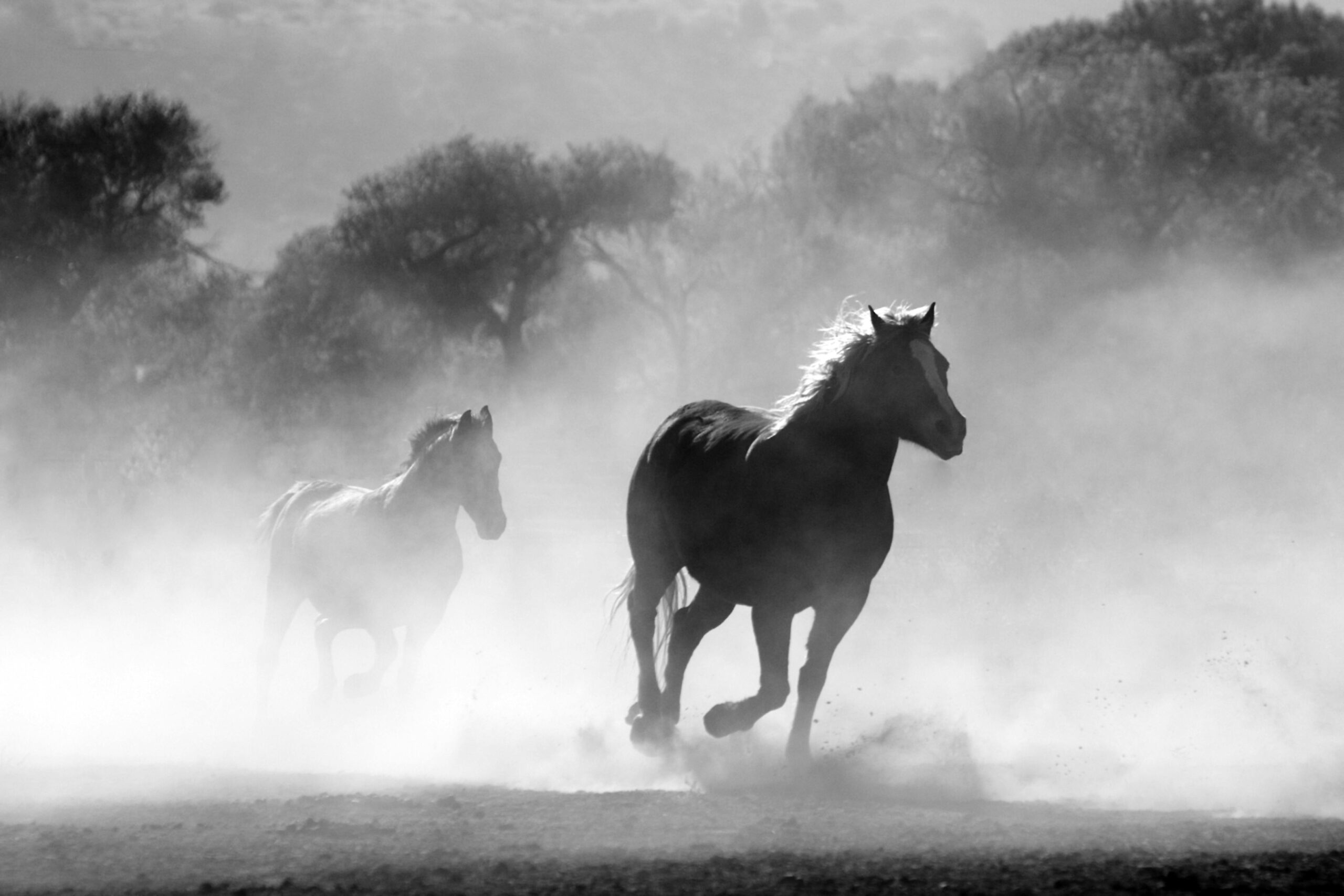Last week, as Hurricane Sandy bore down on my waterfront neighborhood, I found myself worrying about the future of coastal areas across the country. I live in Red Hook, Brooklyn, a low-lying area that has always been prone to flooding, but which saw new levels of damage with Sandy. For years, people have been predicting a rebirth of Red Hook, in part because of its spectacular ocean views, but perhaps those same views will spell its demise. Will neighborhoods like mine eventually be washed away? In short, is geography destiny?
This is a question that Adam Gopnik teases out in his recent New Yorker article, “Faces, Places, Spaces,” which reviews several new books that argue for a geographic vision of history — a history where borders, climate, and landscape play more of a role in shaping the fate of a region than its leaders or its people. The simplest way to understand this theory is to look at a series of maps, and that’s exactly what a new book, “A History of the World in Twelve Maps” presents to its readers. Reviewing this map-history at Times Higher Education, Imre Josef Demhardt notes: “Although there is little doubt that maps, at their best, are condensed graphic expressions of the prevailing zeitgeist, some writers playfully or seriously suggest that there are maps that changed the course of history on a regional or even global scale.”
A place that has often been left off the map, Antarctica, gets its due in a new book, “Ice, Mice, and Men”, which examines the continent’s political and economic significance in an age of global warming. For a more meditative take on Antarctica, check out Gavin Francis’s essay about being stationed there for a year, as a medic. And if you really want to worry, please direct your attention to the other end of the earth, where glaciers are melting at an alarming rate. At The New York Observer, Nina Burleigh reviews a National Geographic Documentary, Chasing Ice, which documents the melting polar ice caps using time-lapse photography. In the wake of the film’s alarming footage, Burleigh wonders why New York and New Jersey’s political leaders haven’t made global warming their first priority, especially with growing evidence that New York City “will be either gone or utterly transformed” by 2100.
Storms like Sandy bring home the reality of climate change, but whether or not it will force us to rethink our dependence on fossil fuels is another question. At Words Without Borders, last month’s issue focused on oil, exploring “the way oil shapes and transforms nations, links disparate political and social ideologies, breeds conflict, and drives governmental and corporate policy.” But it’s not just oil that we’ll have to rethink, it’s our overall habits of consumption and, even more broadly, the growth of our species. At Orion, Charles C. Mann argues “all successful species overrun their environments, heedlessly wiping out other creatures.” In order to combat climate change, humans will have to do something “deeply unnatural”, and learn to focus on the distant, unknowable future, rather than the immediate needs of the present.
As I write this, there are gas shortages all over New York City. Some drivers have become stranded and are siphoning gas out of parked cars. Surfing the web, my 12-year-old nephew remarked, “This is like the apocalypse, like that book I was reading.” When I was his age, our country had just entered the Gulf War and I had a “Save the Rainforest” sweatshirt that I wore until it had holes in it. I thought those were end times, but as it turns out, it was just one marker of a slow-moving disaster.
Hannah Gersen is the Dispatches Editor for The Common.



